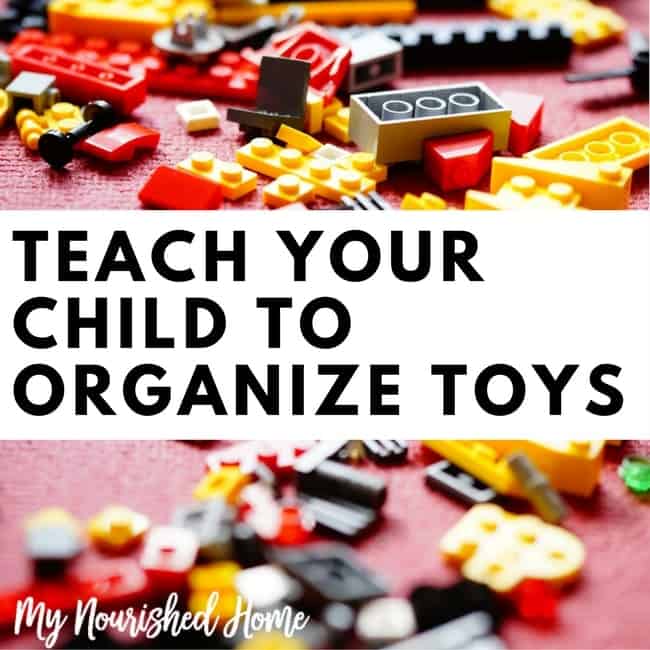
Teaching your child to organize their toys is a skill both you and your kids will appreciate (perhaps mom’s gratitude will be more immediate.) But basic organization skills will follow your kids throughout their lives – and your first opportunity to share this life skill is when you teach your child to organize their toys!
There are practical ways that you can help your child to learn basic organizing skills. The side effect of teaching this well is a tidier house and fewer foot injuries when you step on those little plastic pieces that didn’t make it back in the bin!
Teach Your Child to Organize Toys
Child-Friendly Organizing Tips
A child needs to learn the skills to organize their toys, it doesn’t come naturally and what an adult wants doesn’t always make sense to a child! You have to get down to a child’s level to see what will work for them and is simple and easy to follow.
We keep the kids’ favorite toys on the lower shelves in their rooms to prevent the youngest ones from climbing (because my kids are totally climbers!) We keep bins and baskets small enough for the kids to pick up and move on their own, even when they are full. If the containers are too big for them to handle, it means mom or dad will be the one organizing.
Having breaks in the day to pick up toys and put them away helps to reduce the toys that are out and what they need to put away in one go! We ask the kids to pick up toys when they finish playing with them – but let’s be honest – that is never as easy as it sounds… So we break around lunch and before bedtime for a pick-up session.
Discuss How To Organize
A child isn’t going to know what to do or even how to do it, they need to learn and work out what organizing means to them. A great idea is to use organizing boxes for toys, but they need to be sized appropriately and labeled. I have found that when labeling, my kids call the groups of toys different things than I would. So my bin of dolls becomes their bin of princesses. But allowing them to create a system that works for them helps them with ownership (and they love playing with the labeling machine…)
My youngest is not yet able to read. So her older sisters draw pictures on the labels beside the words. The pictures are cues for her to get the right item in the right box. I also make helping the younger sibling part of the older sibling’s job. That way instructions are not just coming from parents… The kids also get to be good examples and the younger kids like to follow in their sister’s footsteps.
Talking through the process of organizing and putting toys away in the right place is important, but don’t expect perfection, after all, they are still learning about organizing things. There are still times we have to do a closet and toy box overhaul to get things straightened out. But that is a good time for us to donate things the kids aren’t playing with. And it would much rather do that at a time of my choosing than trip over messy toys all the time.
Talk About Organizing
It is a great idea to talk about toy storage with your child, listen to their ideas on how and where to put their toys. I am always intrigued at what my kids know about each other. My 6-year-old will always make sure her younger sister’s favorite toys are where she can find them, even if they have spent the day bickering. It is a small way they show kindness to each other so I encourage it by asking her what she thinks and how we can help her sister learn too.
Make sure you organize together, this makes it a more positive experience and one they will more likely repeat. Often my kids could care less about what we are doing, as long as we are spending time together. So turn on some music, sing silly songs and make this chore as fun as possible.
Having too much stuff makes it impossible to keep organized, learning to let go of items that you no longer need or want is an important lesson to learn. Making clean up and clean out a regular occurrence will make it a lot more palatable. As will praising your kids for sharing their toys with other kids who might not have as much.
Size Appropriate Storage
You must consider the child and what they are able to do when it comes to organizing their toys. The options you choose must give the child access to the toys safely. Getting down to their level and thinking from the ground up is a better idea, it helps you to see and feel their struggles when it comes to organizing their toys.
Never make toy organization to difficult and consider your child’s unique personality. Some children will relish in separating their colored Lego bricks, many children will think it is a step too far! I have one of each of these personalities in my household… So what worked great for one did not work at all for the other two!
Shopping For storage Items
While it might seem like a great idea to pick up new storage items when you are alone at the store, consider if it improves your chances that your kids will participate more if they are able to help pick out their own storage options! Taking the time to talk with your child and choose storage options together might prevent purchasing options that are not a good fit.
While you are planning, consider adding shelves to their closet. We used simple, inexpensive shelves we picked up from a hardware store to increase the storage space in the closet of our kids’ shared room. Just a few shelves added tons of extra space in the closet for toy bins and baskets. That meant more toys went in the closet and fewer were left on the floor or stacked in a corner!
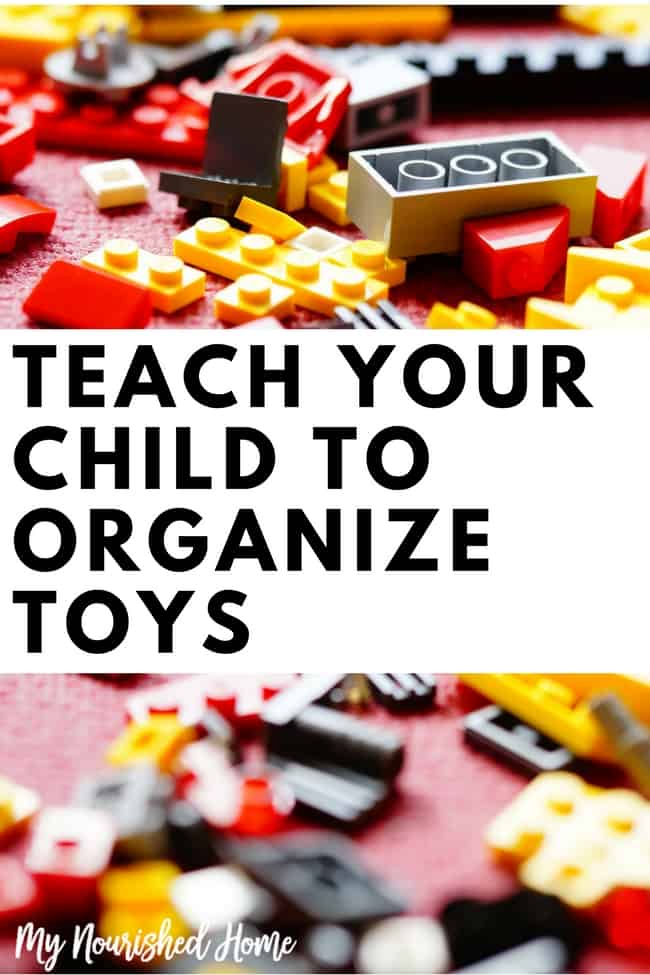
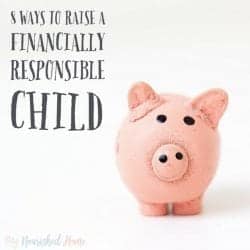
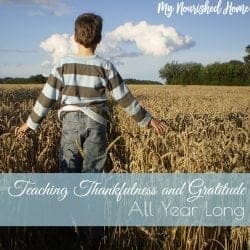
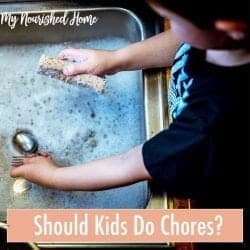
Leave a Reply